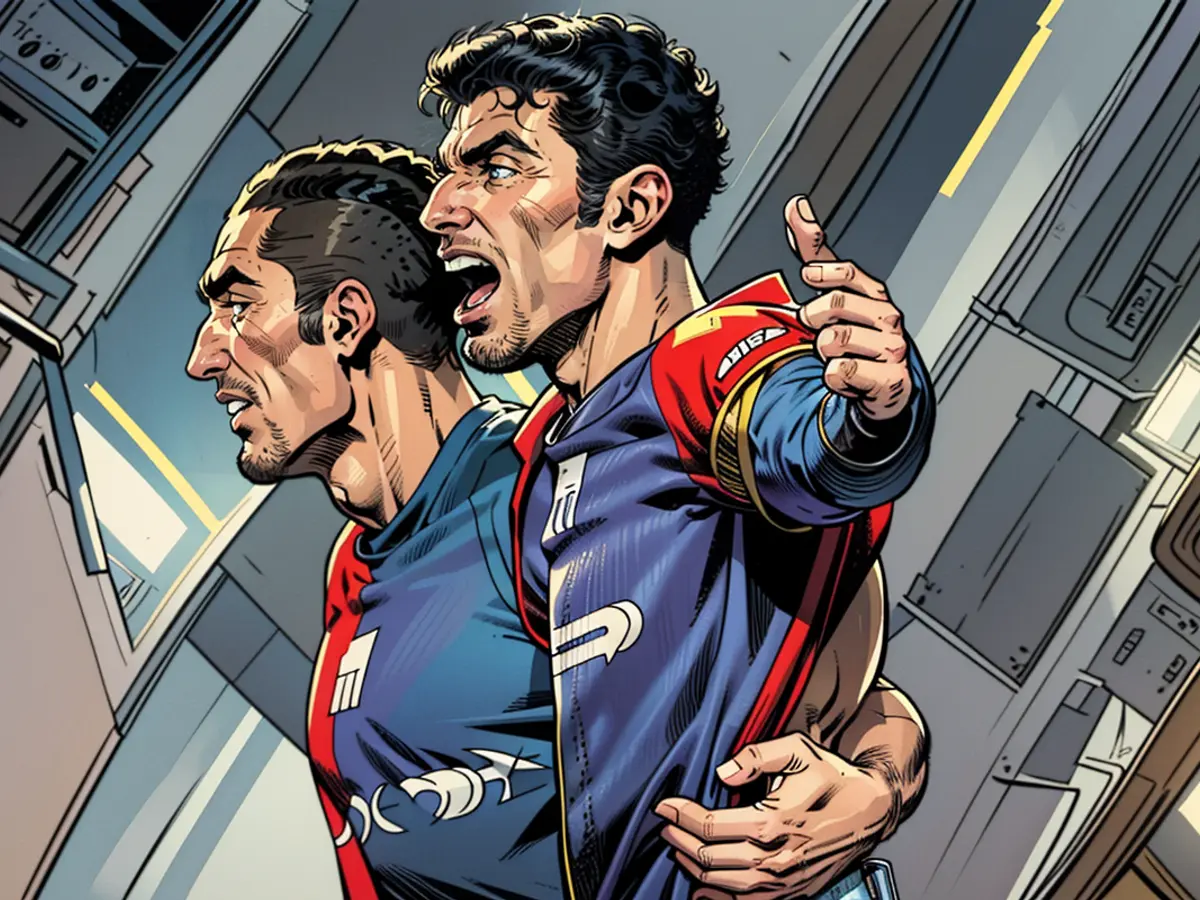Careful observation is required for this football-related video footage.
The Video Assistant Referee (VAR) has its triumphs too, you heard it right! In soccer, it's a controversial topic every weekend, but in German ice hockey, it's a recognized success. The reason? In ice hockey, VAR functions as an aid for self-assessment instead of external control.
In soccer, it sparks heated arguments at every match, even in Olympic events like fencing or wrestling, causing constant interruptions. However, in ice hockey, VAR is a success story that began in Germany over 25 years ago. "Our method is fantastic," remarks DEL CEO Gernot Tripcke, "it's self-assessment for the referee, not external control. No fourth official, no one dictating to the referee."
The Deutsche Eishockey Liga introduced this technical aid in the 1999/2000 season, during the playoffs' start. "At first, we had two VHS video recorders and a monitor with the timekeeper," recalls Jörg von Ameln, who managed the DEL's operations then and now. The old-fashioned goal judges in their small booths, who would light up green for a goal from their viewpoint, were obsolete.
"We were pioneers in Germany," says von Ameln, "other leagues followed our lead later." Initially, only one replay camera was used, and additional TV images were also available on another video recorder during Premiere's broadcasts. Decisions were made about goals: Had the puck crossed the line? Was an attacker offside in the crease? Had the puck been kicked into the net? Was the goalie interfered with?
Unlike in soccer or the NHL, there's no video referee or VAR intervening from outside. "The on-ice referee has to make a decision first," explains von Ameln, "the images must contradict his decision entirely. If not, the decision stands." Major errors are infrequent, and they usually occurred before the VAR was implemented, such as the Augsburg phantom goal in 2021, when the puck slipped through a net hole from the outside, or the Straubing goal in 2023, when the puck slipped under the goal frame.
Unlike soccer, which also focuses on penalties and red cards, the VAR initially only handled goal decisions. Since the last three years, major penalties for serious fouls can be confirmed or reduced through video (now in high-definition and from different perspectives thanks to the new TV partner Telekom). Since last season, it's also possible to check if the puck was illegally shot overhead the Plexiglas. The latest innovation: All referees explain their decisions - including those after VAR - via microphone and public announcements. They can also communicate better with each other on the ice using this new system. "Even the NHL is looking into this feature," says von Ameln.
Of course, there's always room for improvement: Von Ameln wishes for three cameras in the crossbar – price being the main factor. There's also discussion about allowing coaches to demand a VAR like in the NHL. "The demand isn't there yet," says von Ameln. The number of VARs is already ample, with 214 for goals and 91 for penalties last season. 28 goal decisions were reversed. "That," emphasizes von Ameln, "we consider a success."
In light of the traditional disagreements surrounding VAR in soccer, the video evidence of the accident in ice hockey can serve as a unifying factor, proving the puck's crossing of the goal line, for instance. Despite the initial setup with only one VHS video recorder and limited camera angles, modern ice hockey's VAR system has evolved significantly, now featuring high-definition footage and multiple perspectives.








